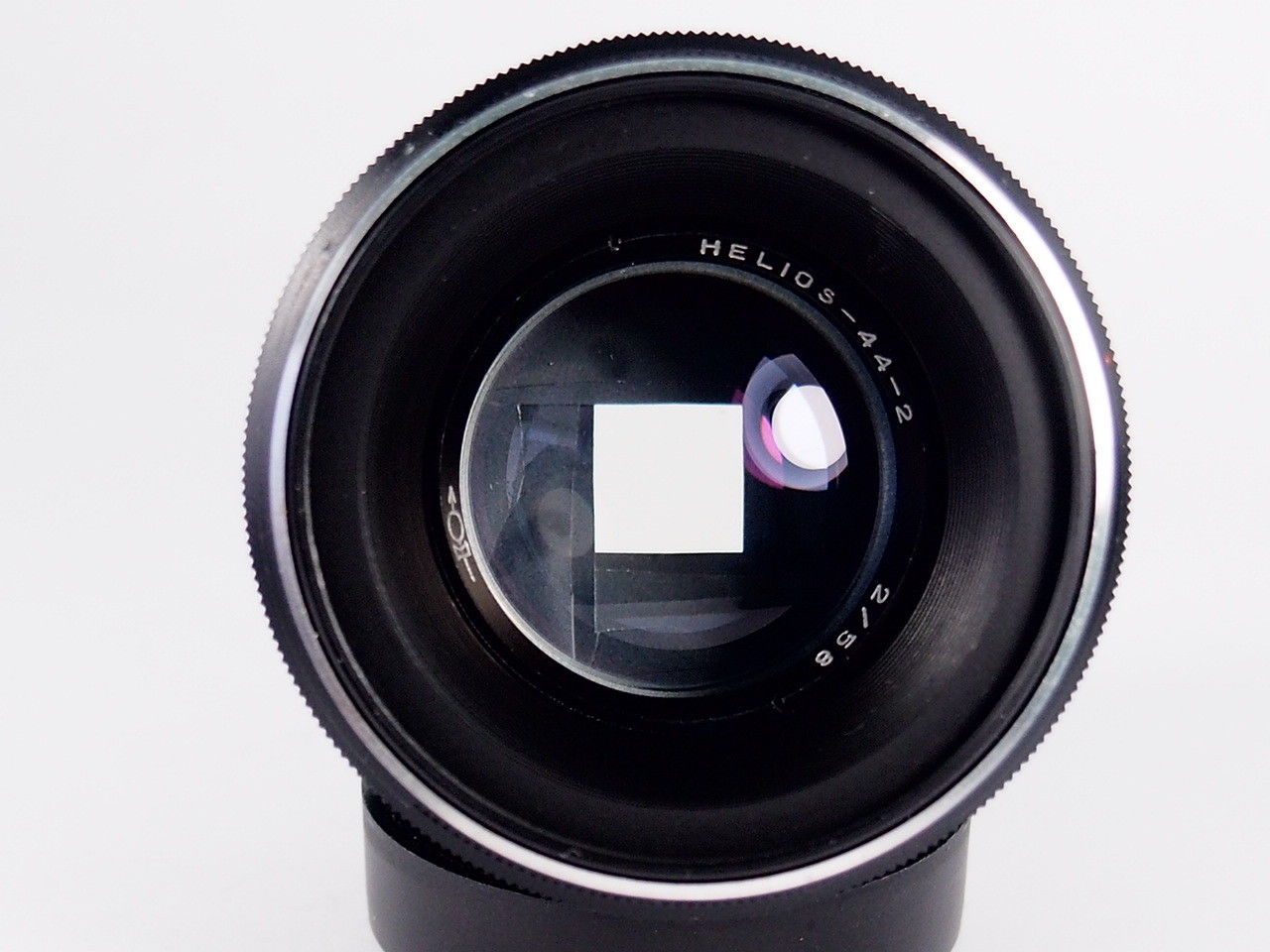
This is desirable because it is mechanically much simpler than a typical N-bladed iris aperture with N rotating iris blades. Several camcorder models had a diamond-shaped aperture. morphology Convolve Gaussian:3x3 -auto-level -evaluate log 10 \įigure 2: 4-pointed X-pattern from a point source light through a diamond aperture ( 02-fft.png) fft +delete -auto-level -evaluate log 100 \ convert 01-aperture.png -morphology Convolve Gaussian:1x1 \ A Gaussian filter is applied to the diamond aperture as a windowing function, then passing through a Fast Fourier Transform (FFT), followed by another Gaussian filter after the transform to smooth out some of the intensity peaks of the star. "polygon 500,400 673,500 500,600 327,500" 01-aperture.pngįigure 1: The horizontal diamond-shaped aperture ( 01-aperture.png)Ī point source of light traveling through the aperture creates the X-shaped diffraction pattern in Figure 2. Let me demonstrate using my rudimentary ImageMagick skills.įirst, let's create our aperture, a diamond pattern (Figure 1): convert -size 1000x1000 xc:black -fill white -draw \

It's still 4-pointed, but the points aren't all 90° from each other. However, a diamond- or lozenge-shaped 4-bladed iris will produce an X-pattern.

In the "Diffraction spikes due to non-circular aperture" section of the Wikipedia article on diffraction spikes, you see that a square iris aperture with straight-edged bladed causes a 4-pointed star. What causes these streaked rays from light sources?Īs you noted in your question, diffraction spikes occur when light passes a straight edge, resulting in the light spreading out perpendicular the edge.What causes these "striped" streaks from light sources?.See the following questions for similar effects (and answers): The last swipe with the lens cloth went from upper right to lower left (viewed from behind the camera), thus generating the perpendicular flare. This can easily happen when one attempts to wipe the element clean, but doesn't get all of the (presumably) finger oils. To my eyes, this flare appears to be caused by a smudged front element.

This answer assumes the 1st and 3rd images are caused by the same phenomenon, and image 2 is caused by something different. Once it is ready, you some glue (superglue or epoxy) to make the fit permanent.What causes lens flare along specific axes? You may need to use sandpaper to remove the inner thread of the step down ring this way make some place for the 23.5mm ring. 30-37mm step up ring – for the lens hoodįor 23.5mm lens the simples implementation is removing the metal ring from the lens case and glue into the 42-28 step down ring.I will focus on mounting the 23.5mm threaded version on Sony a7 camera. Please note some of them have 23.5mm to 39mm step up ring included which makes the adaptation even easier, some of them – especially the 75mm – can have more aperture blades depending on the year most probably.ĭespite the difficulties it worth to adapt to modern camera for multiple reasons:
Also both came with 23.5×0.5 mm thread which makes adapting the lens to a modern camera a bit difficult. Meopta Belar 50mm f/4.5, Anaret 50mm f/4.5 and Belar 75mm f4.5 are very similar, both has 4 aperture blades, equal focal length and 4.5 aperture.


 0 kommentar(er)
0 kommentar(er)
